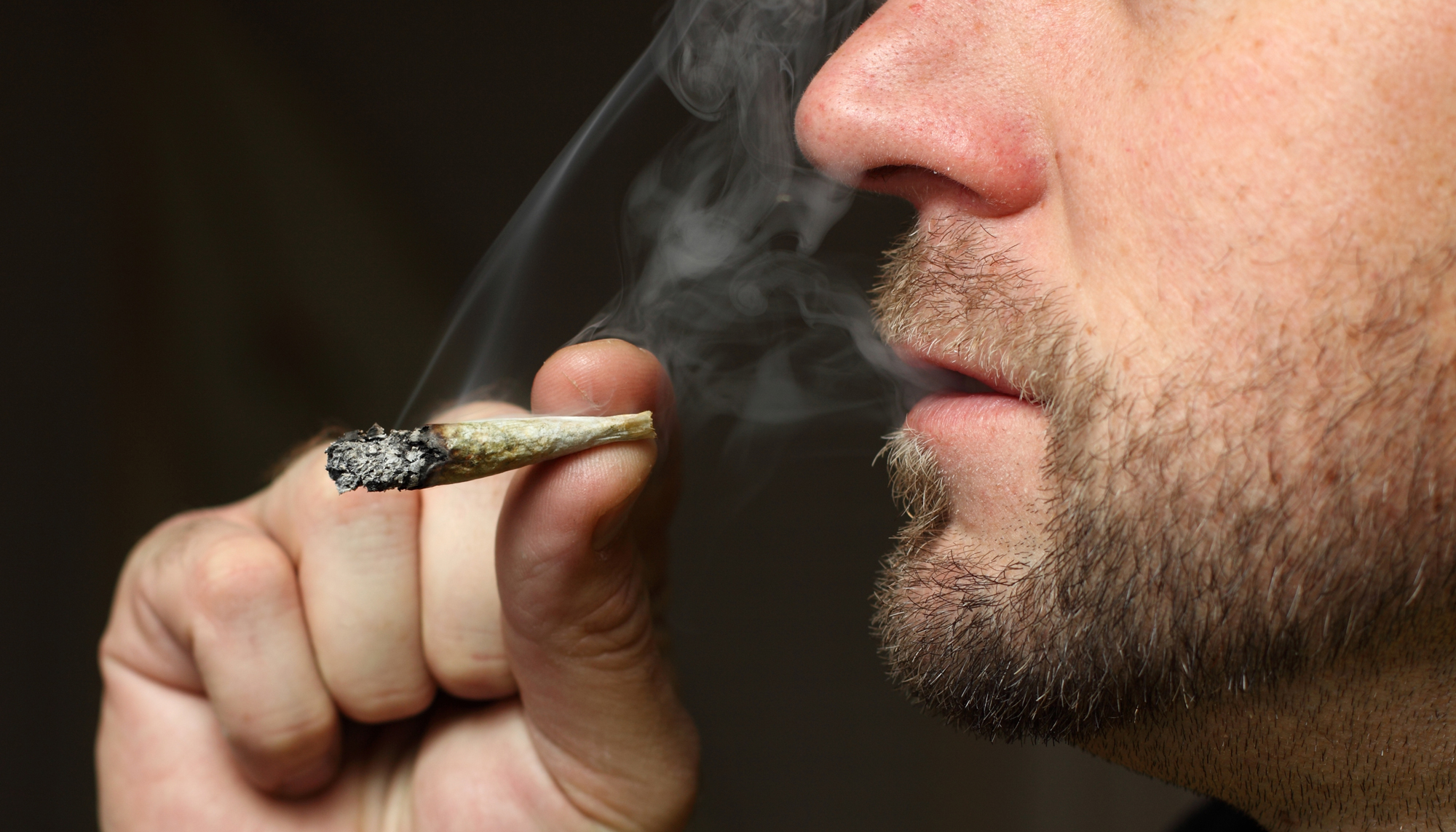When one man walked into the Men’s Health Center at the University of Washington Medical Center, he was shocked to find out that his daily marijuana habit might be partly to blame for his low sperm count.
“He believed that marijuana was benign, safe and completely without side effects,” says Tom Walsh, M.D., who is an associate professor of urology at the University of Washington (UW) and director of the Men’s Health Center, which serves about 5,000 men per year.
This perception of the safety of marijuana worries Walsh and other Washington state health researchers. Because the drug was illegal for so many years, research into its health impacts was crippled, which is troublesome now that consumers in states where it is legal—like Washington—are lining up to use it.
According to Walsh and others, while gaps remain in research into the effects of marijuana use on male sperm and fertility, there have been enough studies done to indicate that some of the compounds in pot are harmful to sperm. Marijuana use can slow the production of sperm, the ability for sperm to swim well (called motility) and the ultimate ability of the sperm to fertilize a woman’s egg. Specifically, one of the main compound in marijuana, tetrahydrocannabinol, more commonly known as THC, is known to influence the reproductive and nervous systems of the human body.
Walsh sees the next few years as important ones. Because of the legalization of marijuana in 2012, researchers like Walsh will be able to collect more data about infertility. When the drug was illegal, few patients wanted to talk about their use, and few researchers could find support for studies. That’s why there isn’t much evidence about exactly how components within marijuana harm human sperm. There was a 2012 UW study conducted on male mice indicating that the mice exposed to marijuana suffered damage to their sperm numbers, production of new sperm and the sperm’s quality.
Research may be welcomed by the thousands of men in Washington who are concerned about this issue. While exact numbers of male marijuana users in the state aren’t known, a recent study of patients with Kaiser Permanente Washington asked the patients if they used pot. About 40 percent of men between 18 and 29 (prime years for reproduction) said they did. These numbers dovetail with Walsh’s own estimates.
Until more specific information is available, Walsh tells patients who are worried about fertility to stop any use of marijuana. It takes about three months for the male body to produce new sperm, so Walsh is hoping that if a patient quits using marijuana, the new tribe may be of better quality.
He’s also hopeful that new studies will offer patients better guidance regarding fertility and cannabis use. And there’s much to study. At Kaiser Permanente Washington, Gwen Lapham, a researcher who has studied cannabis use, noted that the higher concentration of THC in cannabis plants—which has gone from 3 percent to 12 percent in recent years—is yet another cause for concern.
credit:seattlemag.com

